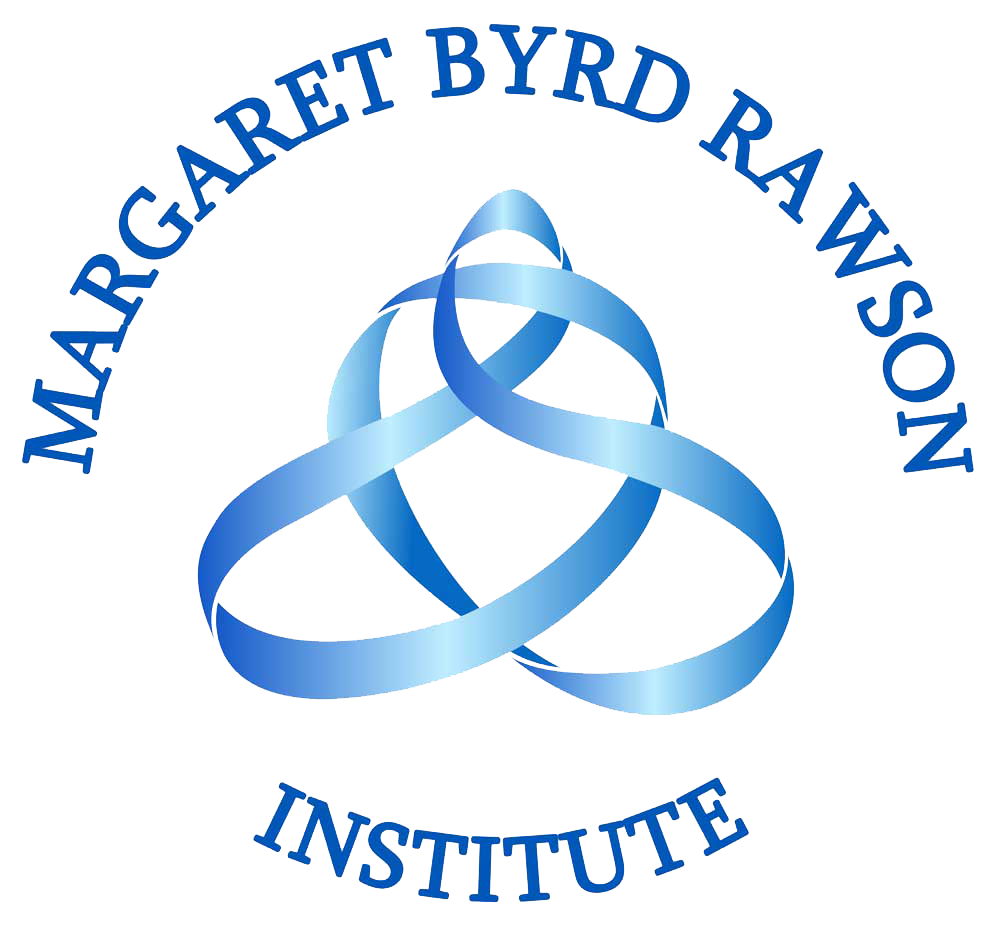Nina's Story
Carolin Stelzer
Bluffton, SC, USA
November 2, 2020

My daughter Nina has always been a fun, happy, and sweet child. She also is very bright. However, I noticed early on that she struggled with specific tasks (like learning the days of the week and the months of the year) more than other children her age. As a Montessori teacher, I teach my students the sounds of the letters and, ultimately, to read phonetically, which I tried to do with Nina, who also attended my school. However, something seemed to be amiss. Her teacher and I decided that her reading difficulties might be due to her being a very young student, given her birthday in her age group. After she completed her three-year cycle at Montessori (which ends after the kindergarten year), I decided to let her re-do kindergarten in the public schools. She had a teacher giving her extra help with sight words and more, and her grades were good, but her teachers gave us mixed messages.
Nina still seemed to be struggling with reading and spelling in second grade. What made matters worse for her was that her kindergarten and first-grade teachers had taken a completely different reading approach than Montessori, resembling more of a memorization approach instead of learning to decode the words phonetically. I decided to ask a colleague who had taken an Orton-Gillingham course to read with Nina. She immediately agreed that Nina was not reading at an average level, which, at that point, had also been confirmed by my daughter’s school. She was now in jeopardy of needing to repeat the 2nd grade or, at the very least, go to summer school. So, even though Nina was an A/B student and her standardized testing was good, she did not read on grade level according to the Fountas and Pinnell reading level chart.
I reached out to a tutor who was highly recommended to me. This tutor was a fellow of the Orton-Gillingham Society and blessed Nina and our whole family. We saw her for an hour, twice a week, for 1.5 years. I watched the lessons closely so I could work with Nina at home as well. The Orton-Gillingham approach, right away, made sense to me as it breaks down the language, explains the rules, and encourages phonetic reading. Nina’s tutor not only helped her in all these areas, but she encouraged us to have Nina evaluated to see if she had Dyslexia.
We felt in our hearts and minds that she did, and having a proper diagnosis from a child psychologist could help us get Nina the help she needed in school. Now Nina gets accommodations at school that allow her to succeed, for example, extra time for tests and assignments. With an Individualized Education Program (I.E.P.) in place, she did not have to be on reading level to graduate the grade. I don’t know what might have happened otherwise to my daughter, an “A” student. Nina’s hard work and perseverance paid off tremendously. Our willingness to work with her and invest in her education by getting her a tutor and formal evaluation made a huge difference!
Nina is now in the 5th grade. She is still a happy and sweet child who loves school and is an excellent student. According to her teachers, Nina now reads on grade level. Nina can decode even the most difficult multi-syllable words because she got the needed tools to learn. She might still be reading slower than other kids her age, and reading long passages makes her tired, but she CAN READ ANYTHING! Her teachers are overall delighted with her, and she needs less and less support. We are very proud of Nina, and I want to encourage parents not to give up! First of all, trust your instincts! Secondly, there are people out there who can help! Also, never forget that Dyslexia is not a disability; dyslexic children are very smart! Did you know Albert Einstein, Walt Disney, and John Lennon all had Dyslexia? Whoopi Goldberg and Henry Winkler also have Dyslexia, and each wrote children’s books, which my daughter loved to read when she was younger! Hang in there, parents, and always advocate for your children!!!
